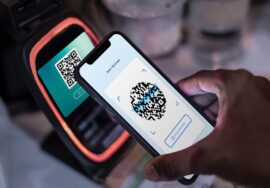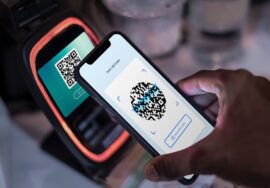
Does ordering food via GrabFood become expensive and lead to financial broke?
In recent months, Filipinos have observed a sharp surge in the prices of food orders through the widely used delivery platform, GrabFood. What once seemed like a convenient and affordable option for enjoying meals from the comfort of one’s home has gradually transformed into a pricier alternative, leaving many consumers wondering about the underlying causes of this noticeable shift.
A significant contributing factor to the escalating prices lies in the substantial mark-up rates that have emerged on various food items. Recent data analysis has revealed an alarming 20% to 40% increase in the mark-up prices of commonly ordered dishes. For instance, a popular chicken meal that was priced at Php150 in local restaurants now appears on the GrabFood app for Php210 – a staggering 40% markup that has left many patrons disconcerted.
Moreover, consider a scenario where a consumer’s monthly spending on GrabFood accumulates to a substantial amount, let’s say Php10,000 worth of foods. Under Grab’s commission structure, an estimated 30% of this expenditure, which amounts to Php3,000, goes directly to Grab. While this reflects the platform’s earnings, it also implies a significant dent in the consumer’s overall expenditure, posing a substantial impact on their monthly budget.
Adding to the financial burden for consumers, the imposition of a fixed Php59 delivery fee by GrabFood has further contributed to the overall cost escalation. Once a seemingly nominal charge, this fixed fee has now become a significant consideration for customers, especially for those placing small or moderately priced orders.
Digging deeper into the issue, it becomes evident that the combination of increased mark-up prices and the fixed delivery fee has cumulatively led to a strain on the budget of the average Filipino consumer. This mounting financial pressure has prompted individuals to reconsider the frequency of their GrabFood orders, shifting the service from a convenient indulgence to a more occasional luxury.
Experts suggest that several underlying factors have catalyzed this shift in pricing dynamics. Notably, the continual rise in operating costs for partner restaurants, including packaging, delivery logistics, and commission fees charged by the platform, has inevitably influenced the prices displayed on the GrabFood app. Furthermore, economic fluctuations, supply chain disruptions, and recent market trends have collectively contributed to the intricate web of challenges faced by the food delivery industry in the Philippines.
As consumers grapple with these mounting costs, it becomes imperative for both the delivery platform and participating restaurants to prioritize transparency in pricing and to communicate any changes effectively to the public. In the pursuit of sustainable and affordable food delivery options, a collaborative effort between stakeholders is crucial to ensure a fair and accessible service for all.
While the current landscape poses its challenges, the hope remains that a concerted effort to address the underlying issues will foster a more balanced and equitable pricing structure, ultimately restoring the trust and satisfaction of Filipino consumers in the GrabFood experience.








